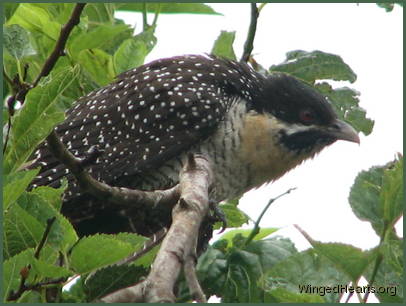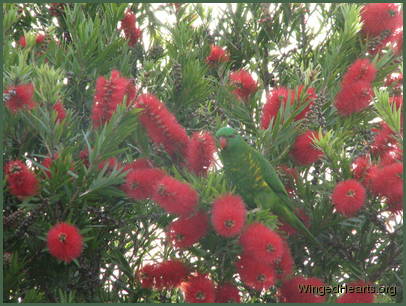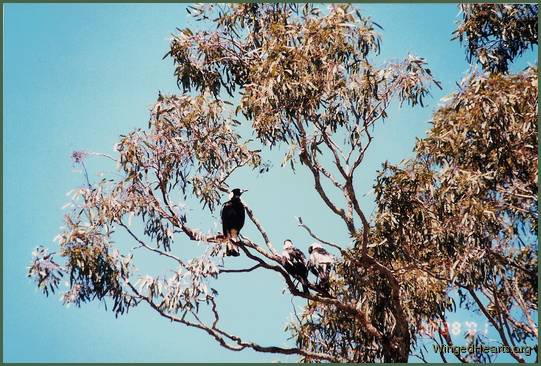by Jerry Liguori (Author and Bird Photographer)
 Equipment Advances:
Equipment Advances:
Camera equipment has advanced in many ways in recent years, the biggest advancement has been in digital photography. Yes, film cameras can take beautiful photos, especially medium and large format landscapes and the like, but for overall image quality and usefulness regarding bird photography, particularly in-flight, digital equipment is far superior (see images on left). One of the most valuable features of digital photography is the ability to review images on-the-spot through the rear viewfinder. I remember having to wait at least 2 weeks to get a roll of slides back, only to be disappointed with the results. Nowadays, you can review your images instantly to get a feel for the exposure, contrast, sharpness, or composition. The ability to adjust tone, contrast, saturation, and sharpness on-the-spot as conditions change is another valuable option offered by the newer digital cameras. However, overdoing certain adjustments may result in a negative effect. High quality digital cameras also perform better in low light and at high ISO settings than film. Manufacturers try to make improvements each year regarding the precision of the auto-focus and other functions, and this is evident when comparing older model film or digital cameras to new models. Another advantage of digital images is that they are much easier to store and archive than are prints or slides. Some digital cameras offer video recording, and I'm sure most or all will in the future.
Just a note about shooting JPEG vs. RAW. The image size and resolution of JPEG (high quality setting) and RAW photos are the same (but the file size of a JPEG image is smaller). There are advantages to both settings, but the overall advantage of shooting JPEG is greater. This issue can be argued to death, as opinions differ, and alone is worthy of an entire article, which I don't have the energy or time for...but I have tested both settings and compared the results. On most cameras, there is an option to shoot both JPEG and RAW simultaneously, but there are drawbacks in doing so. I just don't prescribe to the theory of shooting RAW "just in case" because a strong enough case has not been made.


 The 30 day blog challenge is over for those of us who live down under in Australia. It's already 1 hour into the 1st July (yes I am so addicted to writing for you that I'm still up at 1.00 am.)
The 30 day blog challenge is over for those of us who live down under in Australia. It's already 1 hour into the 1st July (yes I am so addicted to writing for you that I'm still up at 1.00 am.)  The first time a bird sees a camera, he/she may feel a bit unsure of the big thing we place next to our eyes that also makes a clicking sound. But in no time at all, they realise that the sound poses no danger to them. Once they become comfortable with the sound, they feel quite amused by our fondness for pointing this object towards them.
The first time a bird sees a camera, he/she may feel a bit unsure of the big thing we place next to our eyes that also makes a clicking sound. But in no time at all, they realise that the sound poses no danger to them. Once they become comfortable with the sound, they feel quite amused by our fondness for pointing this object towards them. In order to understand birds, one has to pay attention with both ones ears and eyes. In other words we need to hear the sounds they are making while also following their actions. I call this 'Listening With Your Eyes'.
In order to understand birds, one has to pay attention with both ones ears and eyes. In other words we need to hear the sounds they are making while also following their actions. I call this 'Listening With Your Eyes'.




